Kokkiri Sikdang (코끼리식당)
18.6 Km 92 2021-03-26
7-19, Cheonnyeonsupseo-ro, Andong-si, Gyeongsangbuk-do
+82-54-854-9889
It is a place where you can enjoy various Korean dishes. This Korean dishes restaurant is located in Andong-si, Gyeongsangbuk-do. The most famous menu is grilled pork belly.
Hangukgwan (한국관)
18.7 Km 46 2021-03-24
36, Pungyo 6-gil, Andong-si, Gyeongsangbuk-do
+82-54-858-7787
It is a kimchi dish specialty store. This Korean dishes restaurant is located in Andong-si, Gyeongsangbuk-do. The most famous menu is braised kimchi.
Dojeong[Korea Quality] / 도정서원 [한국관광 품질인증]
18.7 Km 318 2020-12-10
417, Gangbyeon-ro, Homyeong-myeon, Yecheon-gun, Gyeongsangbuk-do
+82-10-3451-9900
Dojeongseowon Confucian Academy (142th Cultural Heritage Material of North Gyeongsang Province), located in Yecheon, North Gyeongsang Province, has been reborn as a unique Hanok stay destination. Originally established to commemorate Yakpo Jeong Tak (1526-1605), a man who saved the life of Admiral Yi Sunsin during his imprisonment, Dojeongseowon is located on the middle of a mountain surrounded by Naeseongcheon Stream. There are 4 rooms in total, namely the Lecture Hall, Euphojeong Pavilion, and Dongjae and Seojae dormitories. The Lecture Hall building is built upon a stone pedestal and has an expansive hall with a great view over the Naeseongcheon Stream. Breathing in the clear air of Yecheon brings one back to the days when the lecture hall rang out with the discussions of the scholars. With a floor area of about 100㎡, there are three rooms in total, making the unit an optimal choice for workshops and other group trips. The most exclusive and beautiful room is the Euphojeong Pavilion, built upon a cliff overlooking the Naeseongcheon Stream. It was the place reserved for guests of the academy, and it is also the best place in the complex to hear the sounds of water rushing down the stream below the cliff. Dongjae and Seojae units include a bathroom, but guests staying in the Euphojeong Pavilion and the Lecture Hall must use a public bathroom outside the building. Ipdeokru Pavilion, which functioned as something akin to the gate to the entire complex, is a seminar room which can host up to 30 people. Standing on the 2nd floor of the pavilion brings one to the view of the Naeseongcheon Stream flowing in an arc around the mountain. Outdoor barbecue grills are located to the back of the Dongjae and Seojae units.
Yecheon is a city brimming with scenic sights and historic heritages. Choganjeong Pavilion, the filming site of the K-drama Mr. Sunshine, is located 30 minutes away by car. Other sights like Hoeryongpo Meandering Stream, Geumdangsil Traditional Village, and Yongmunsa Temple are located 30 minutes by car.
Gu Seol Galbi - Docheong Branch (구서울갈비 도청)
18.8 Km 59 2021-03-26
17-2, Pungyo 6-gil, Andong-si, Gyeongsangbuk-do
+82-54-855-5981
This is a place where you can enjoy quality beef ribs. This Korean dishes restaurant is located in Andong-si, Gyeongsangbuk-do. The representative menu is grilled ribs.
Geochang Galbi - Docheong Branch (거창갈비 도청)
18.9 Km 75 2021-03-26
48-14, Pungyo 3-gil, Andong-si, Gyeongsangbuk-do
+82-54-843-0099
It is a place where you can enjoy Korean BBQ. This restaurant's signature menu is grilled Korean beef ribs. This Korean dishes restaurant is located in Andong-si, Gyeongsangbuk-do.
Jeongseong Damuen Bapjip Yul(정성담은밥집율)
18.9 Km 40 2021-04-10
32-16, Pungyo 3-gil, Andong-si, Gyeongsangbuk-do
+82-54-843-5573
This is a place where you can enjoy various duck dishes that are good for the health. This Korean dishes restaurant is located in Andong-si, Gyeongsangbuk-do. The most famous menu is rich soybean paste stew.
Gulmaeul Nakjichon (굴마을낙지촌)
19.0 Km 53 2021-03-24
26, Pungyo, 3-gil, Andong-si, Gyeongsangbuk-do
+82-54-853-6343
It is a place where you can eat various seafood dishes and soup. The best menu at this restaurant is oyster and rice soup. This Korean dishes restaurant is located in Andong-si, Gyeongsangbuk-do.
Jeongjae Head House [Korea Quality] / 정재종택 [한국관광 품질인증]
19.2 Km 7775 2023-04-13
경상북도 안동시 임동면 경동로 2661-8
+82-10-8590-0625
Boasting more than 300 years of tradition, Jeongjae Traditional House is the head house of Ryu Chi-myeong (pen-name: Jeongjae), who inherited the study of Togye Yi Hwang (1501-1570), one of the two most prominent Korean Confucian scholars of Joseon. The old house features the characteristic construction elements of a Joseon hanok, including the stylobate, wooden pillars, toenmaru (the narrow wooden porch running along the outside of the building), tiled roof, and other structures, and commands an open view of Imha Lake. The house was originally built by Ryu Gwan-hyeon, the great-great-grandfather of Ryu Chi-myeong, in 1735 (the 11th year of the reign of King Yeongjo of Joseon) in the village of Handeul in Imdong-myeon, Andong-si, Gyeongsangbuk-do, but it was relocated to the foot of Guamsan Mountain in 1987 when Imha Dam was built and the surrounding area was submerged as a result. The house consists of the daemunchae (gate building), jeongchim (a ‘ㅁ’-shaped house with a tiled roof), haengnangchae (servants’ quarters), a shrine, and a pavilion. The sarangchae (men’s quarters) is clearly visible, while the anchae (women’s quarters) is concealed within the house. The sarangchae has a sarangmaru (wooden floor), a large sarangbang room, a small sarangbang room, and there is a small maru between the two rooms. The buildings of the sarangchae and anchae are clearly divided into segregated spaces for men and women according to Confucian tradition. The anchae has a daecheongmaru (large wooden floor) in the middle; a main room, kitchen, and toilet on the right; and a numaru (upper floor) and sangbang (upper room) on the left. The small side door of the main gate links to the door by which to enter the anchae, which has a small vegetable garden. Manujeong Pavilion (Gyeongsangbuk-do Cultural Heritage Material No. 37) is a half-hipped roof building with single-layered eaves located on the left side of the house outside the main gate. It is the place where Ryu Chi-myeong used to teach his students, and consists of a large maru and a guest room. The pavilion is also surrounded by the beautiful scenery of Imha Lake, mountains, and chestnut trees. Jeongjae Traditional House provides two special experience programs: Making Songhwaju, which is the Ryu family’s home-brewed liquor (15 to 18 degrees) made with rice, glutinous rice, yeast, pine needles, and chrysanthemums, led by the owner’s wife (Intangible Cultural Asset No. 20); and Making Tarak, which is a fermented milk drink that has been made by the Ryu’s family for some 500 years. As the recipe for making Tarak is relatively simple, and uses yeast that is usually used to make raw rice wine like Makgeolli, people can easily make it at home. The house also runs a traditional music program designed to show participants how to play the gayageum (Korean zither with twelve strings) and sing Korean folk songs, and stages small concerts.
Imhaho Gisa Sikdang(임하호기사님식당)
19.3 Km 194 2021-04-09
8, Seonchakjang-gil, Andong-si, Gyeongsangbuk-do
+82-54-822-4929
There are a variety of side dishes, so you can enjoy different foods. This Korean dishes restaurant is located in Andong-si, Gyeongsangbuk-do. The representative menu is kimchi stew.
Nosongjung Head House
19.3 Km 17498 2021-04-09
46-5, Onhyejungma-gil, Dosan-myeon, Andong-si, Gyeongsangbuk-do
+82-10-2065-3749
Nosongjeong, also called the “Placenta Chamber of Yi Hwang” (pen-name: Toegye, 1501-1570), is named after the pen-name ‘Nosong’ of Yi Hwang’s grandfather Yi Gye-yang. It is said that Yi Gye-yang abandoned his government position after he fell victim to the Gyeyujeongnan Suppression (a coup d’état instigated by Suyang Prince, who became King Sejo of Joseon, in 1455) and returned to his hometown in Bonghwa, where he devoted himself to teaching students. He built the house in its current location by a coincidence of saving a monk. The Placenta Chamber of Yi Hwang, which is situated deep in the house, consists of an Ondol (Korean floor heating) Room and a small numaru (upper floor) with a unique design. The gate bears a signboard with the word ‘Seonglimmun’ written by Hakbong Kim Seong-il (a direct disciple of Yi Hwang), which derives from the fact that the mother of Yi Hwang, Chuncheon Park, had a conception dream about Confucius entering the main gate with his disciples. Nosongjeong has an Ondol room in the west, with a numaru and a maru (wooden floor) in the east, which could accommodate 20 to 30 students. The signboard of Noseongjeong is believed to have been written by Han Seok-bong (a leading calligrapher of the mid-Joseon period). The structure of Nosongjeong is considered an invaluable resource for studies on the principles of building a half-hipped roof. The shrine is situated east of Nosongjeong, between which there was a juniper aged over 400 years from which the name of Nosongjeong was originated as people called the juniper as an old (no) pine (song). However, the original juniper has been replaced by its younger juniper tree with an umbrella shape of the top.
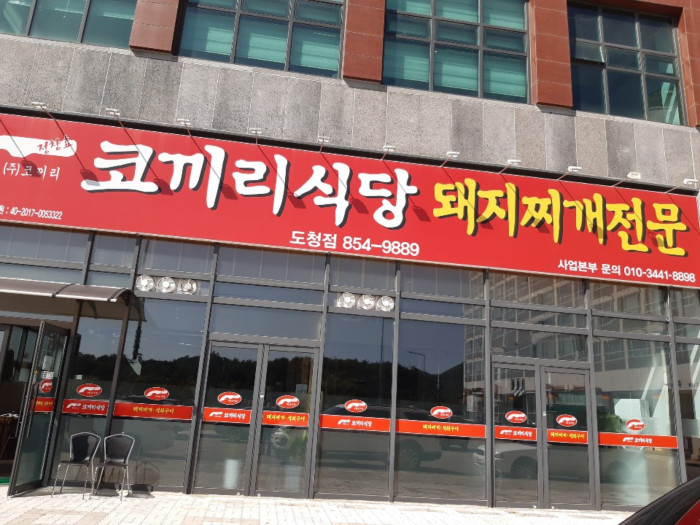
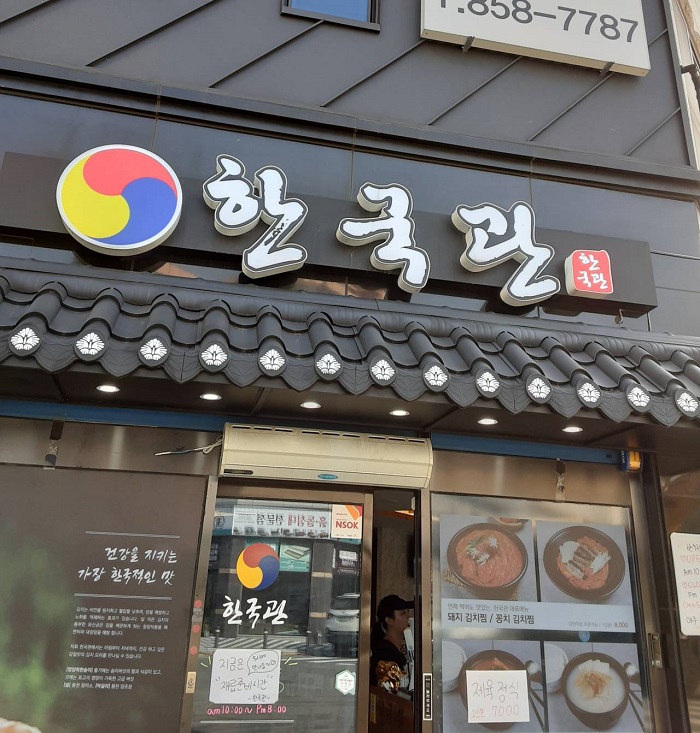
![Dojeong[Korea Quality] / 도정서원 [한국관광 품질인증]](http://tong.visitkorea.or.kr/cms/resource/92/2636192_image2_1.jpg)
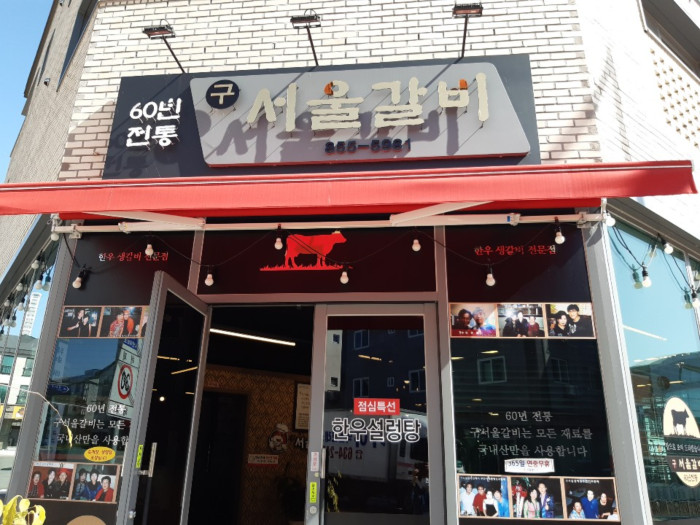
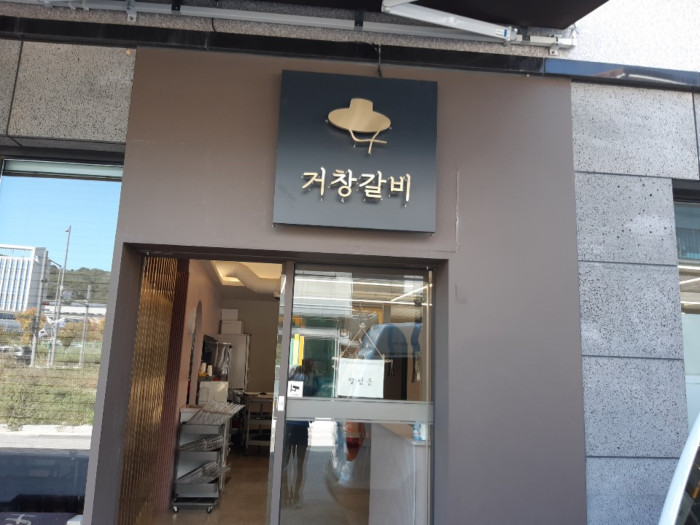
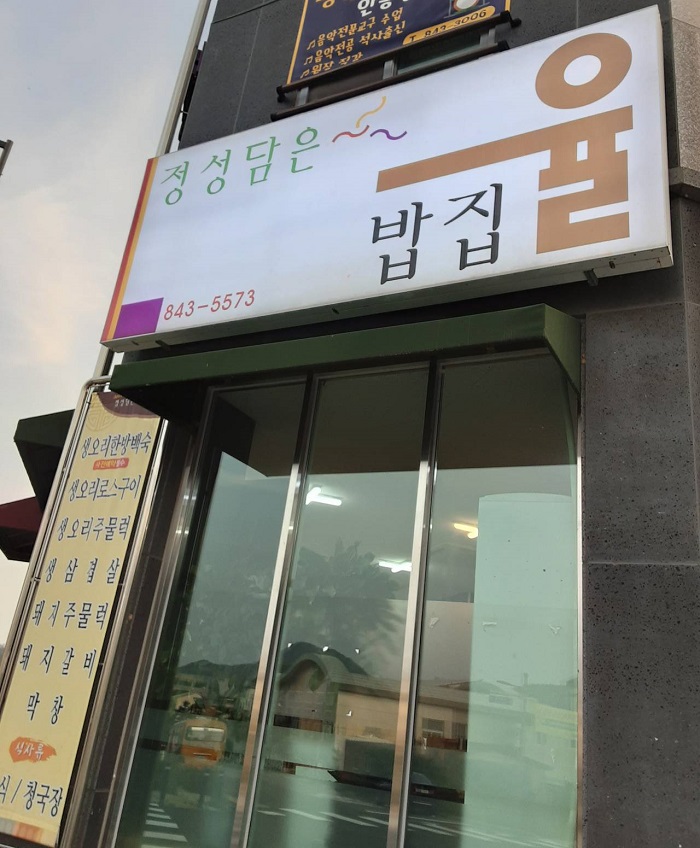
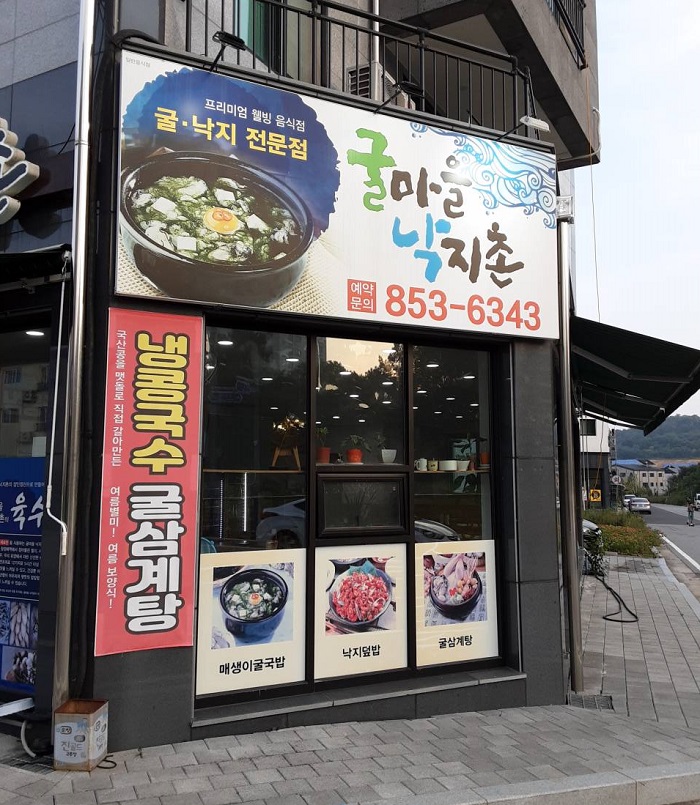
![Jeongjae Head House [Korea Quality] / 정재종택 [한국관광 품질인증]](http://tong.visitkorea.or.kr/cms/resource/96/2579496_image2_1.jpg)
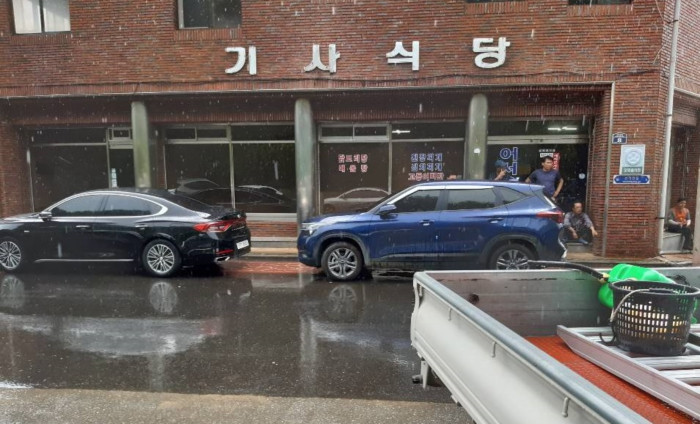
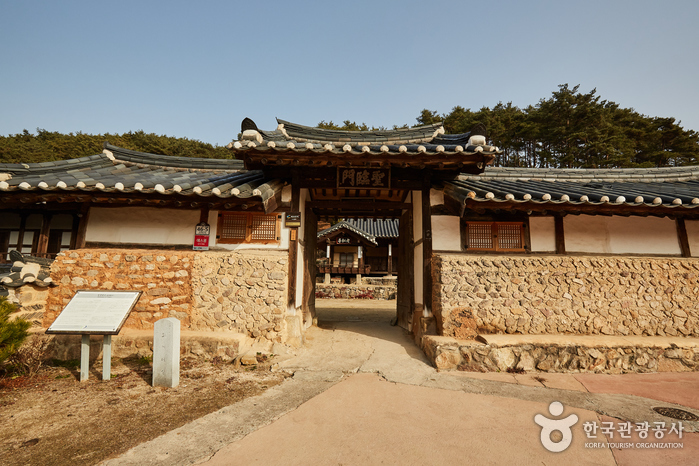
 Español
Español
 한국어
한국어 English
English 日本語
日本語 中文(简体)
中文(简体) Deutsch
Deutsch Français
Français Русский
Русский